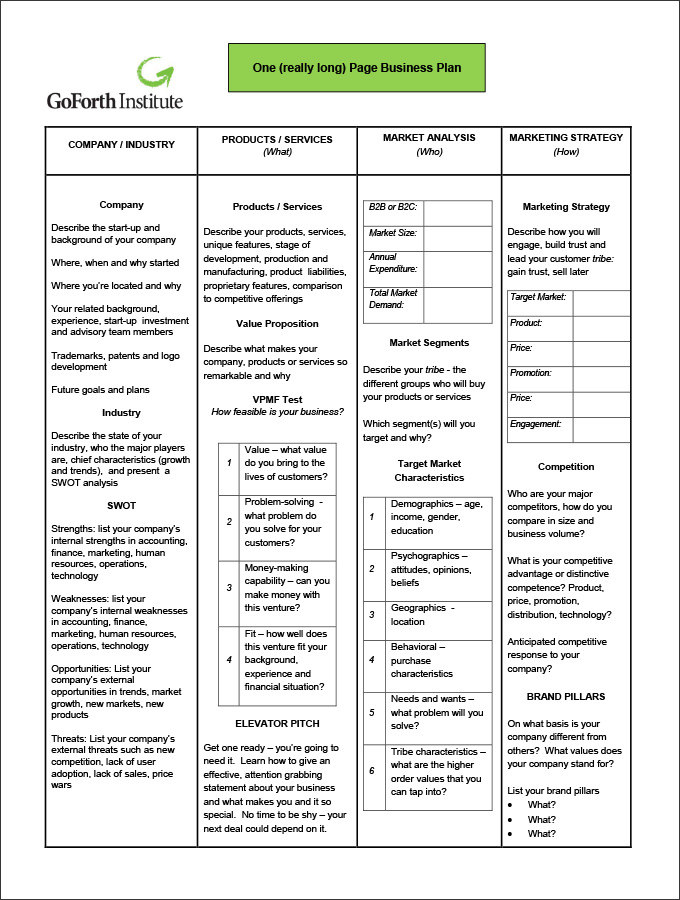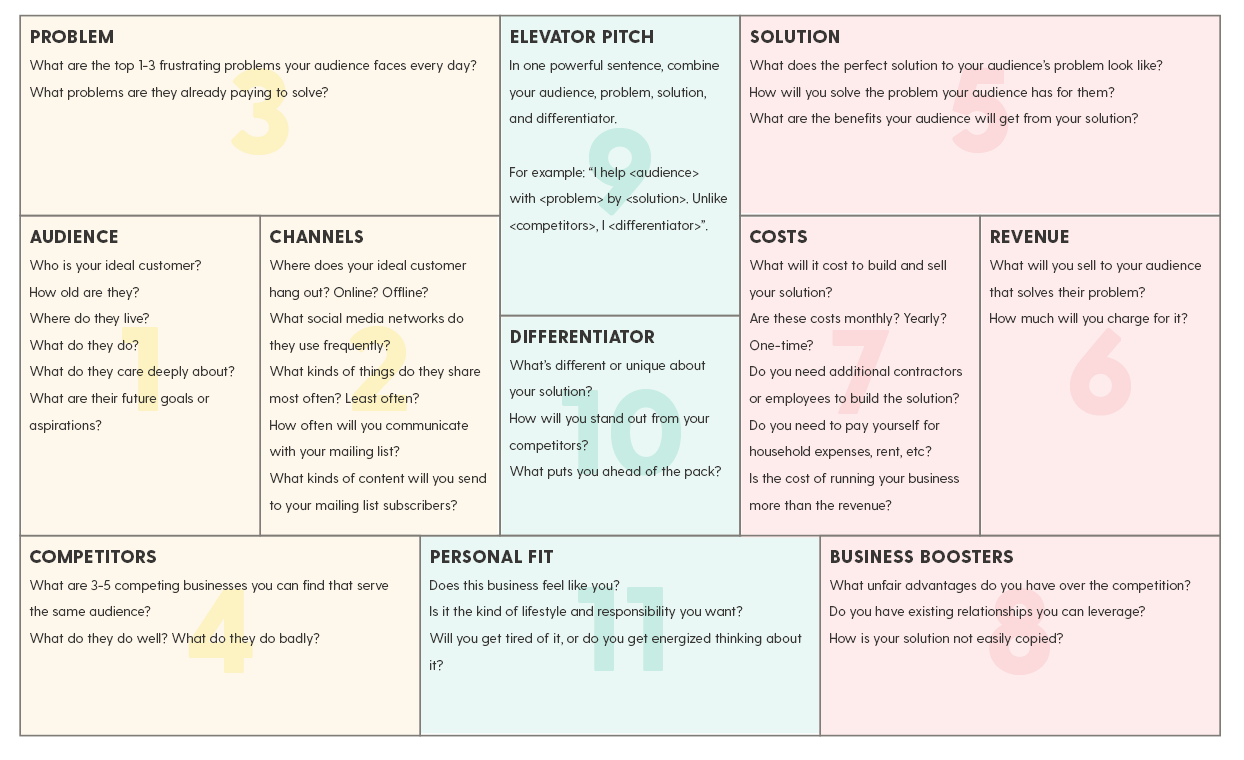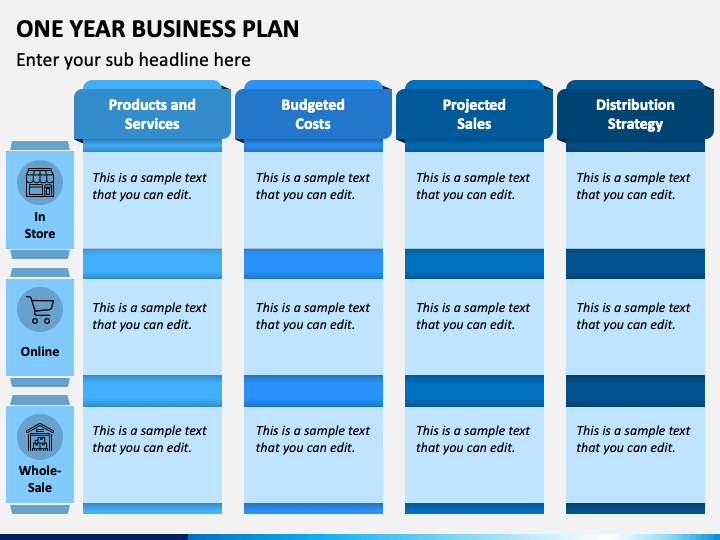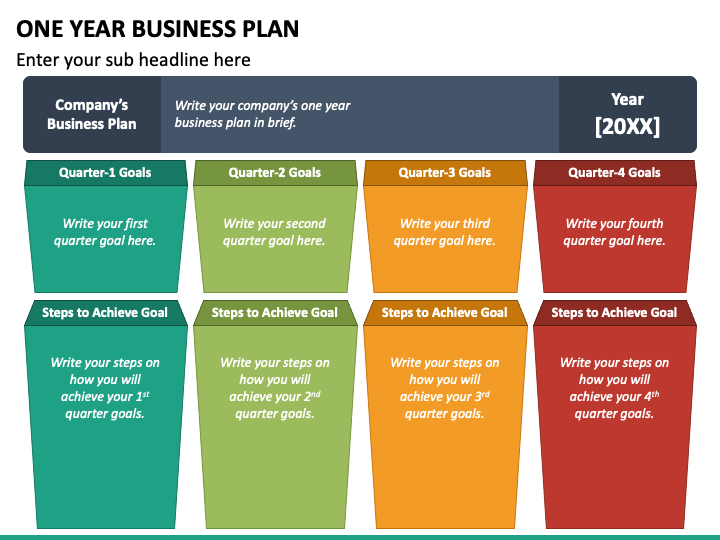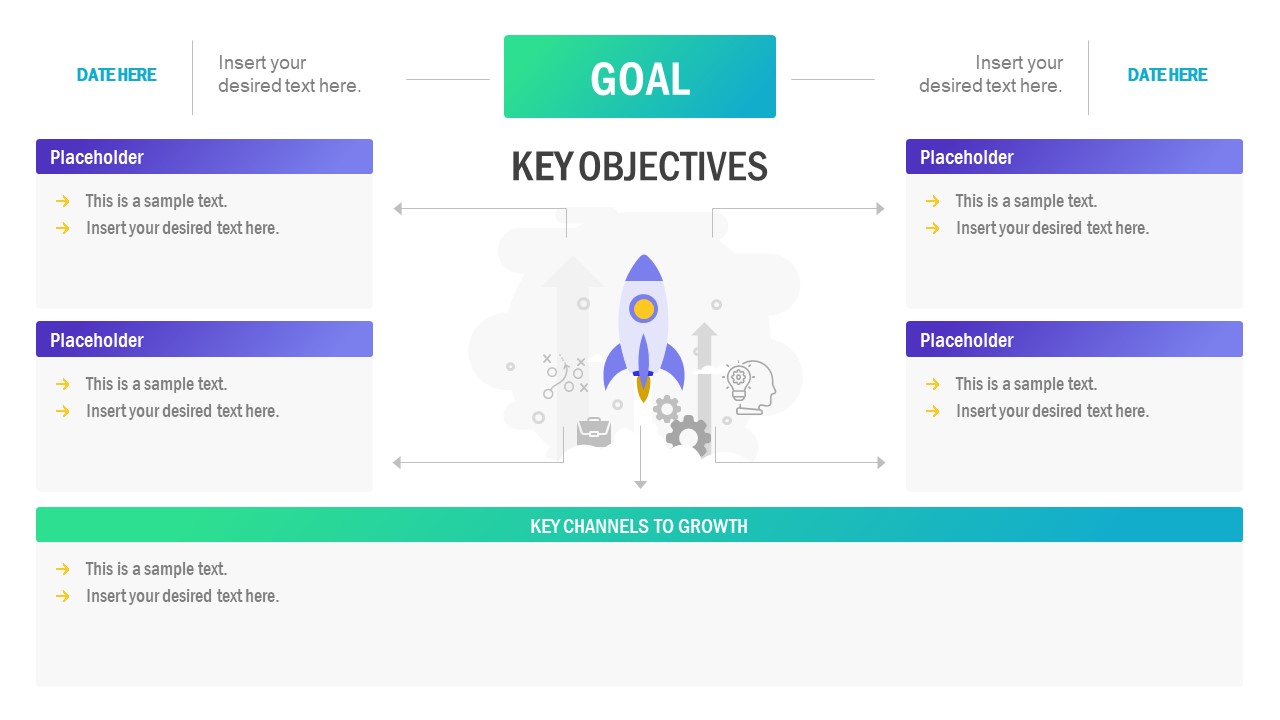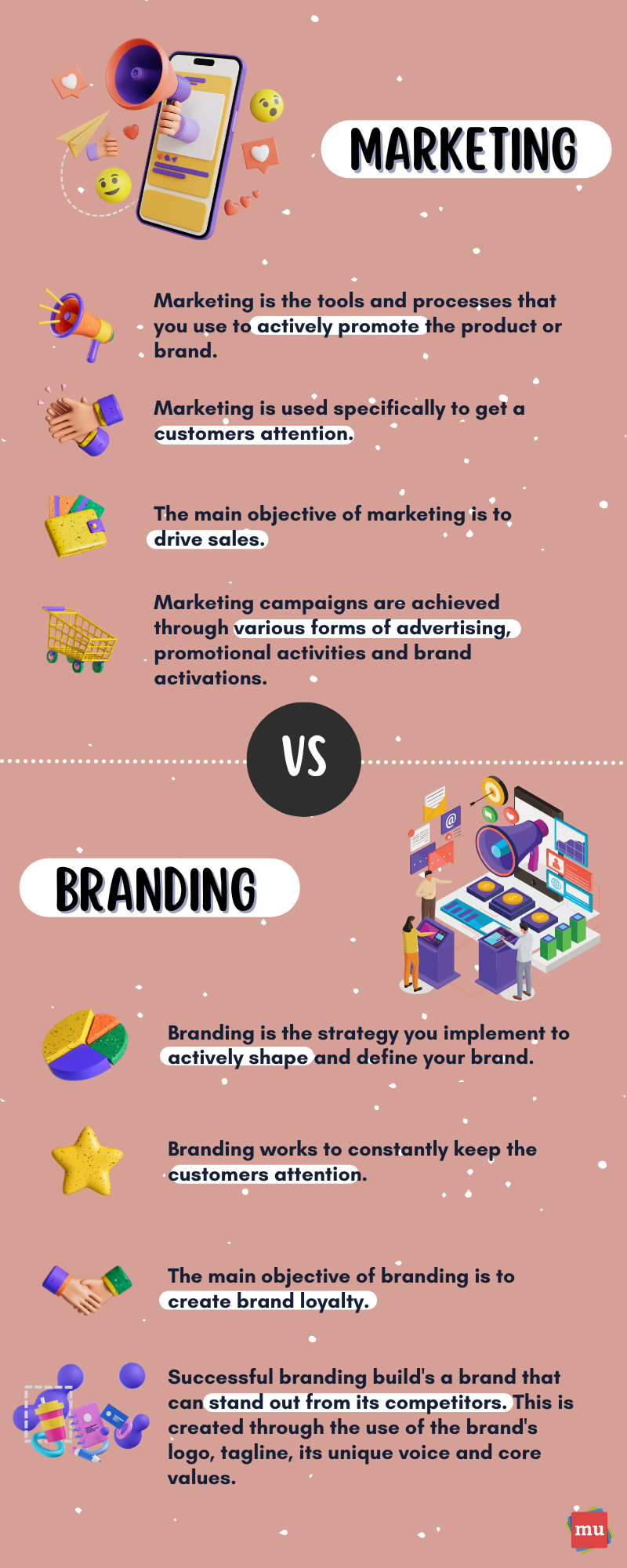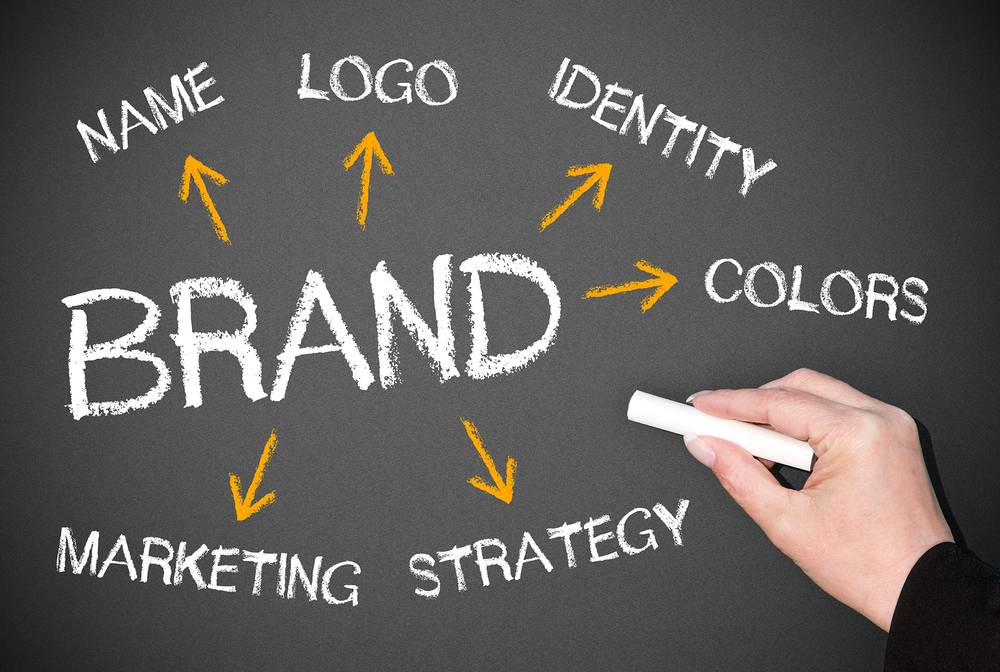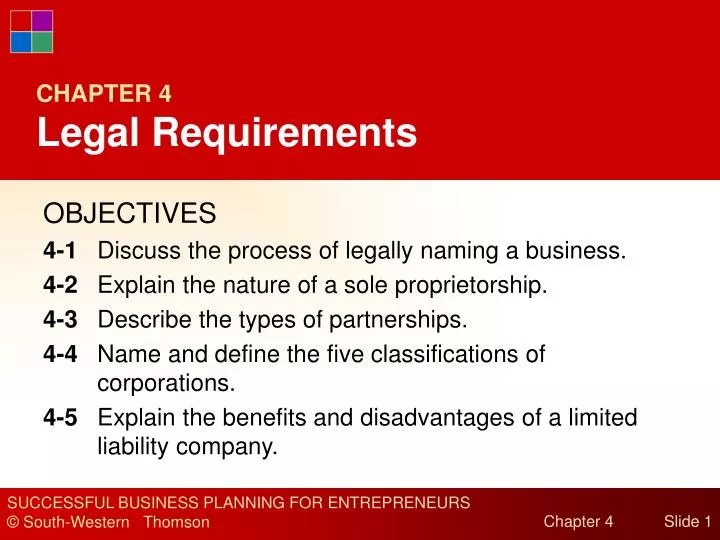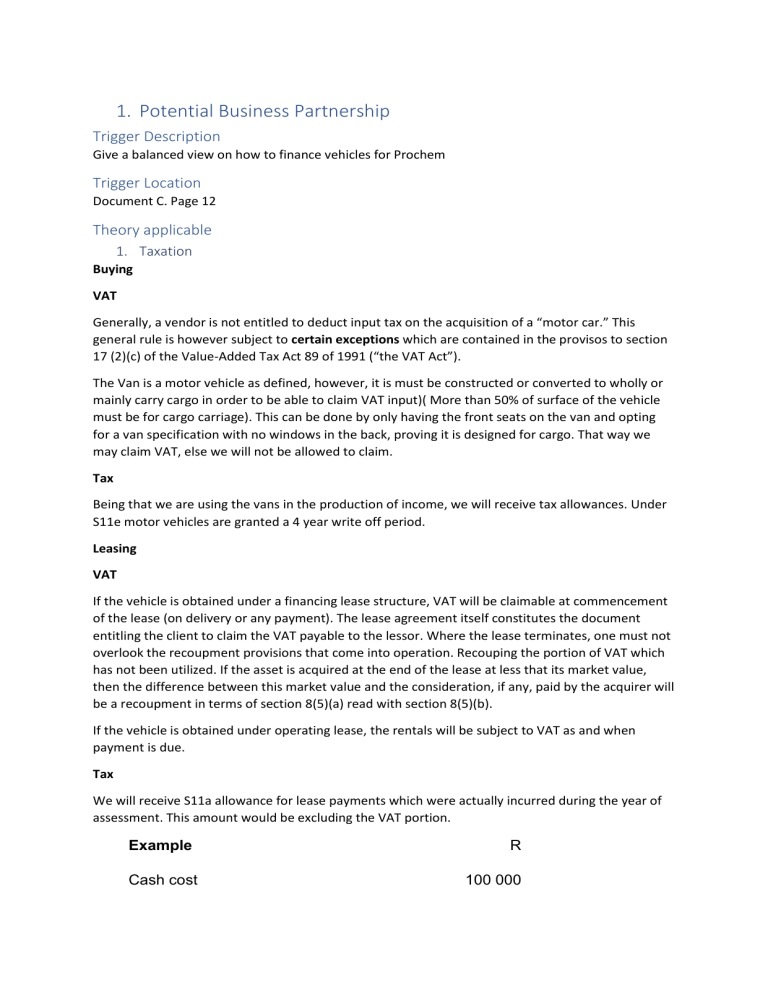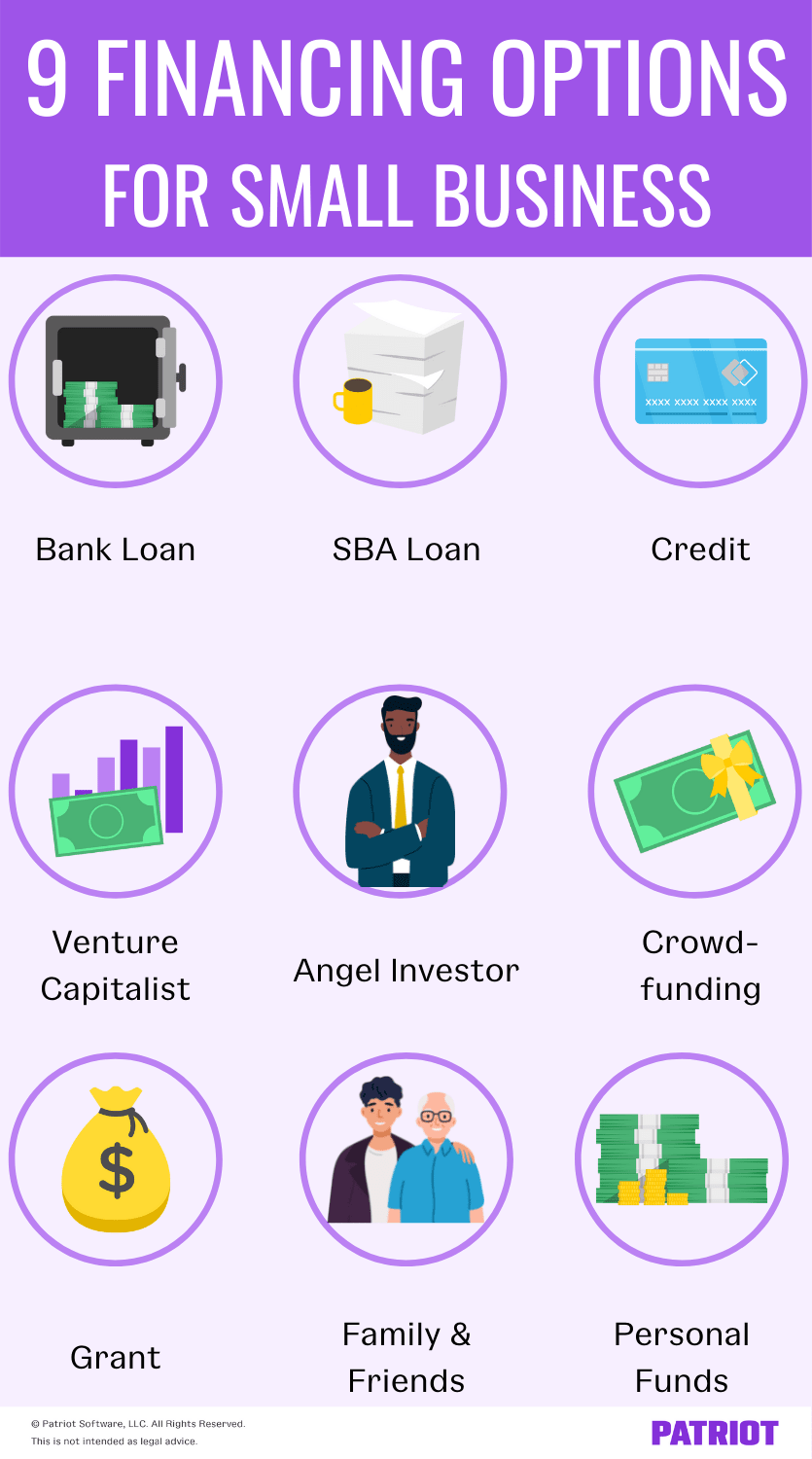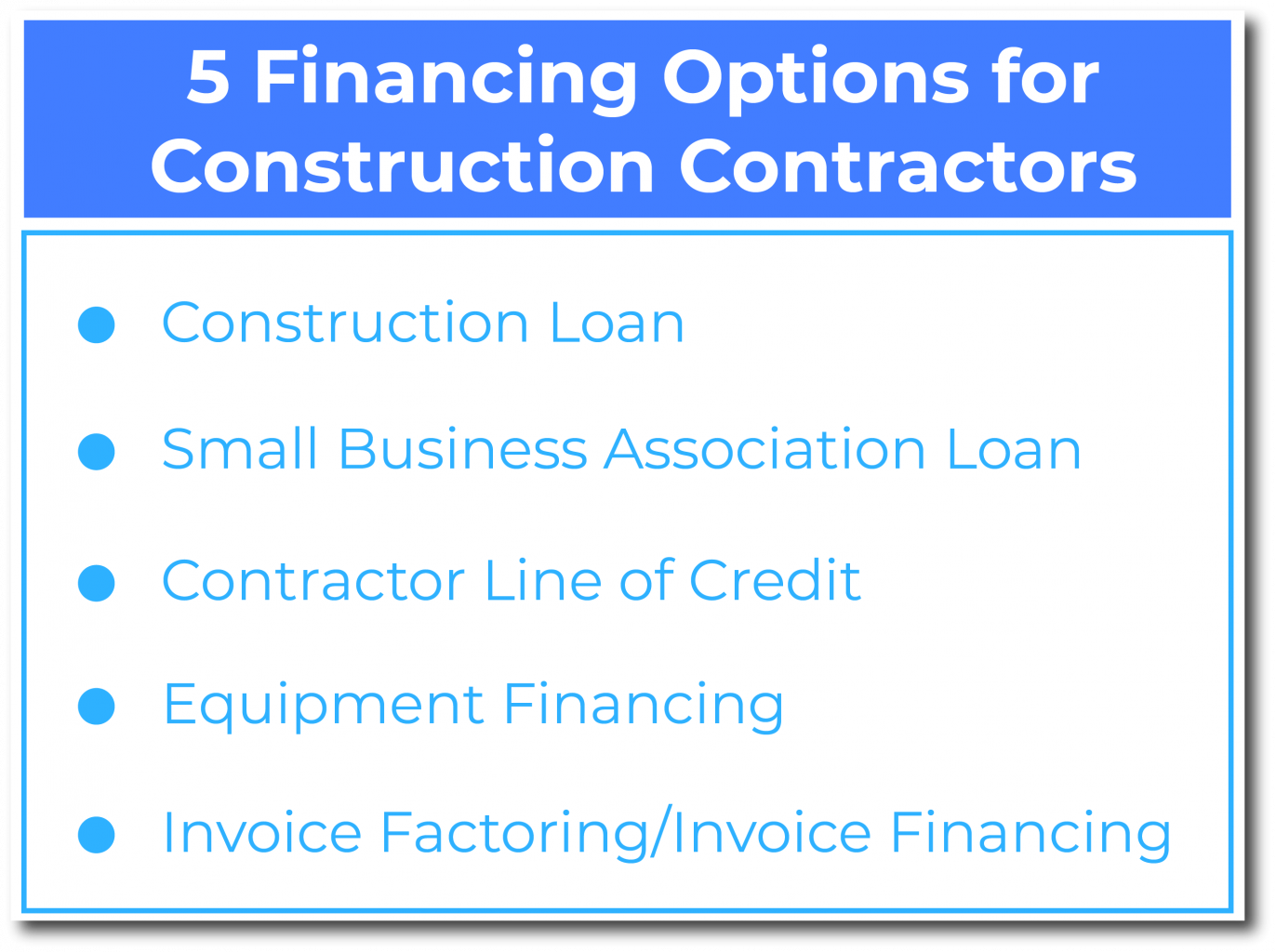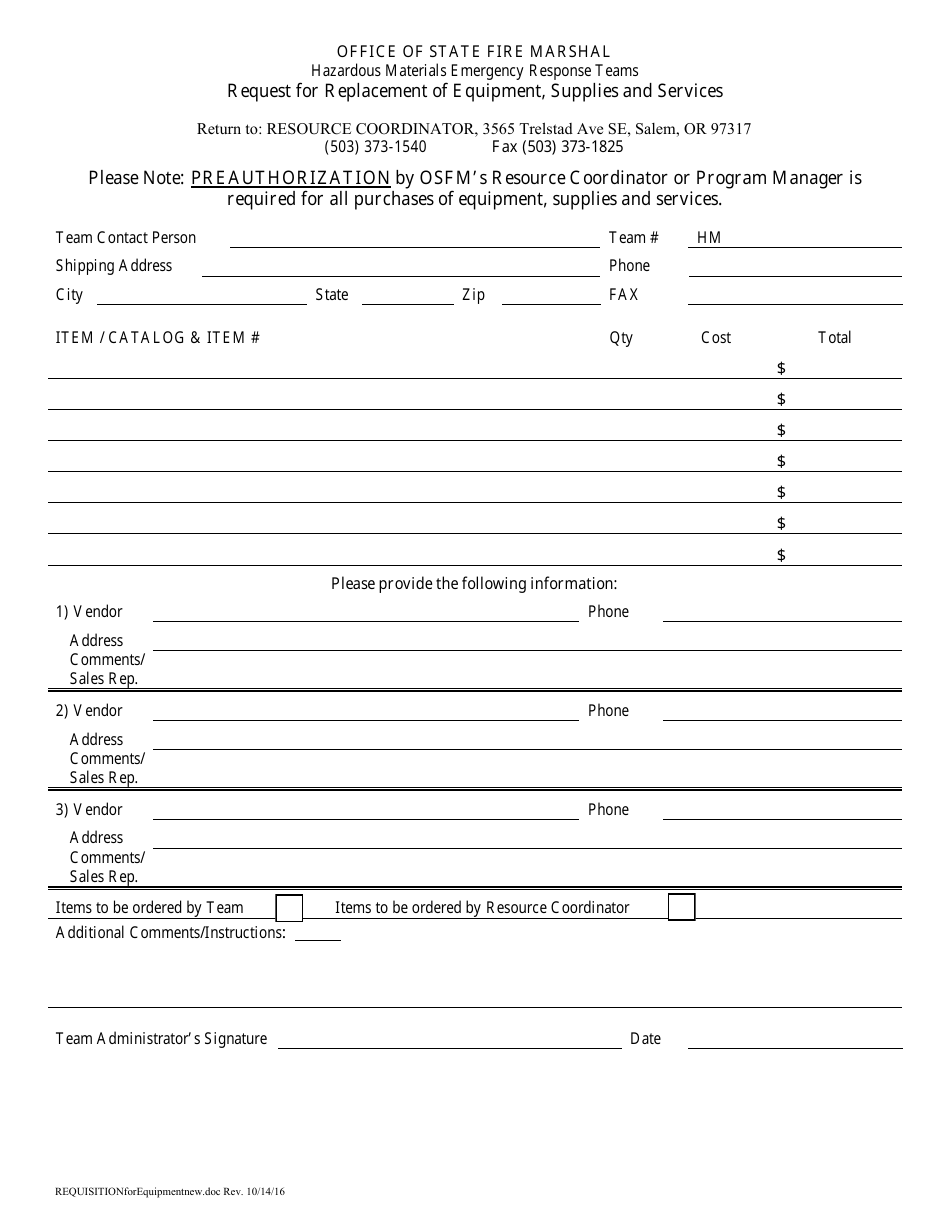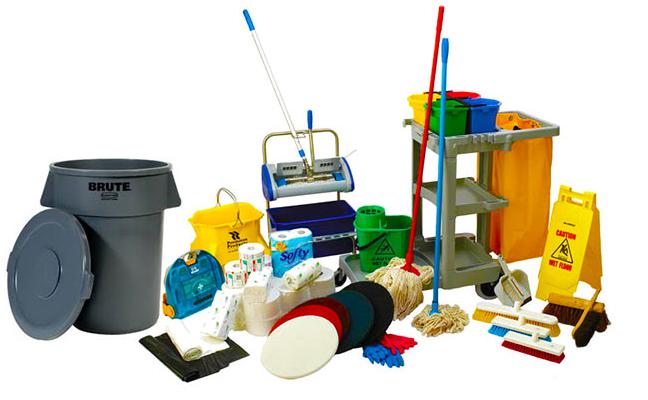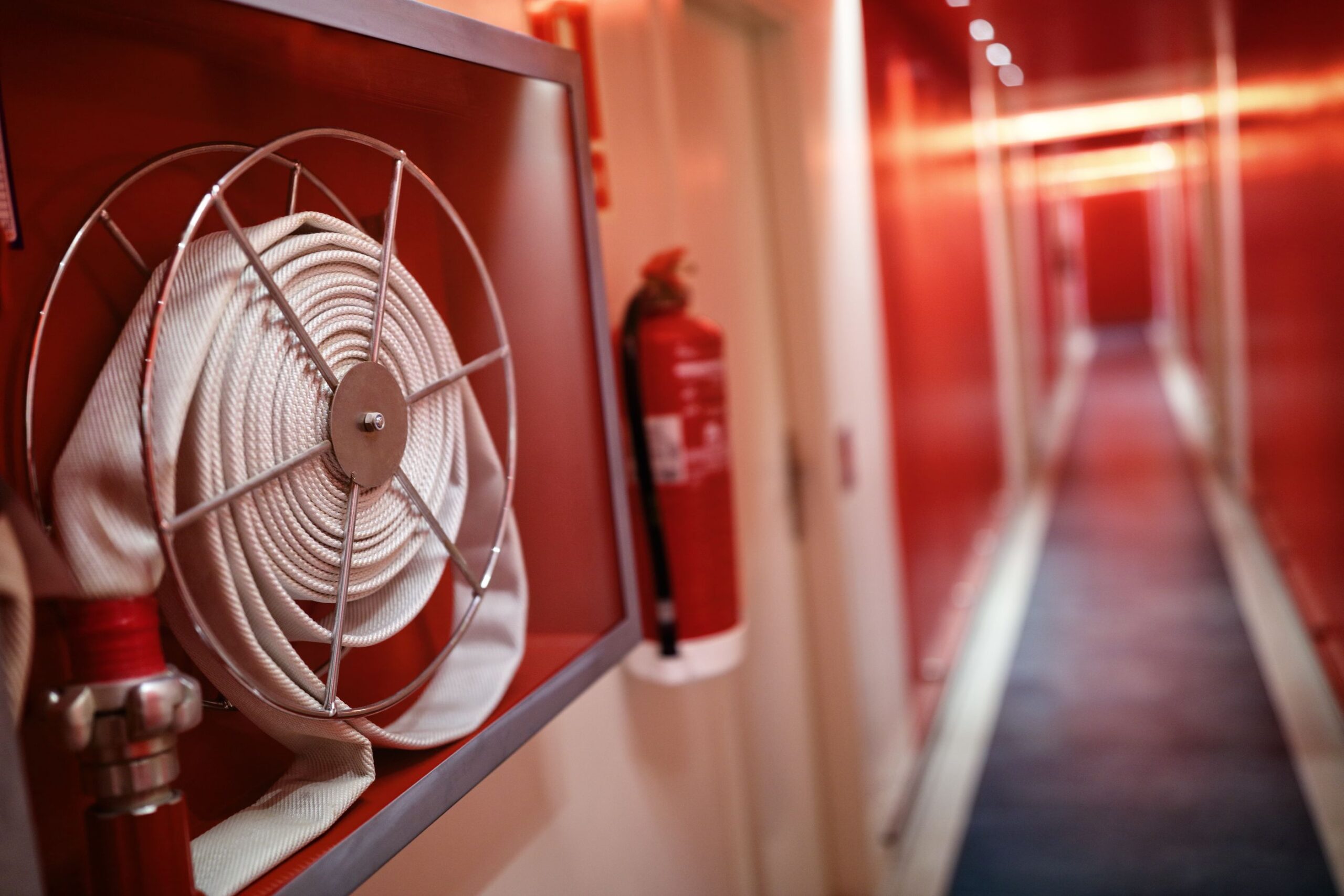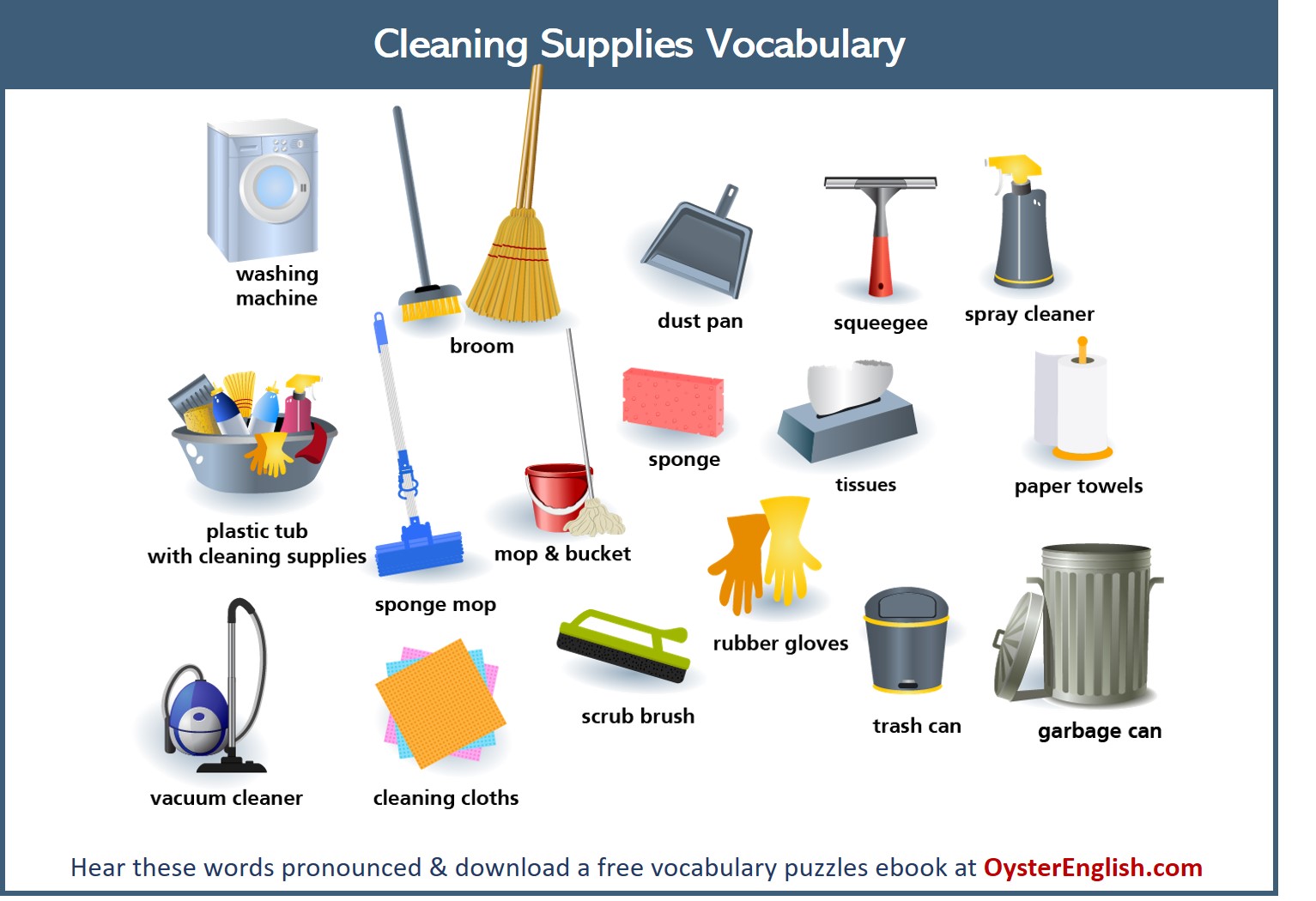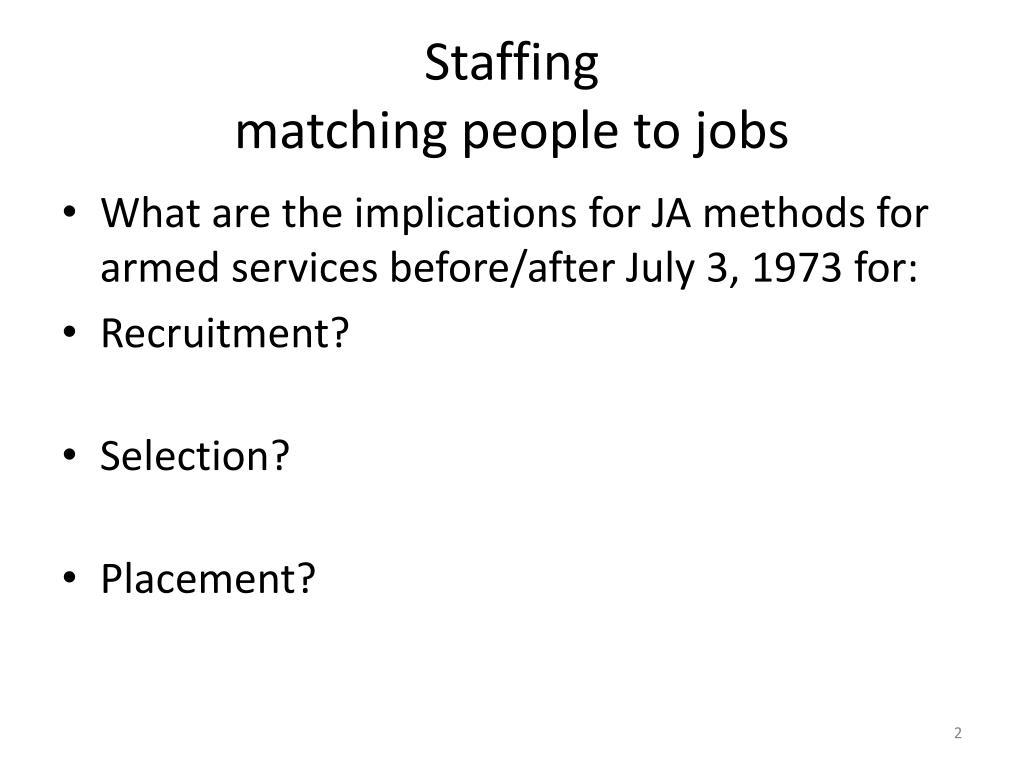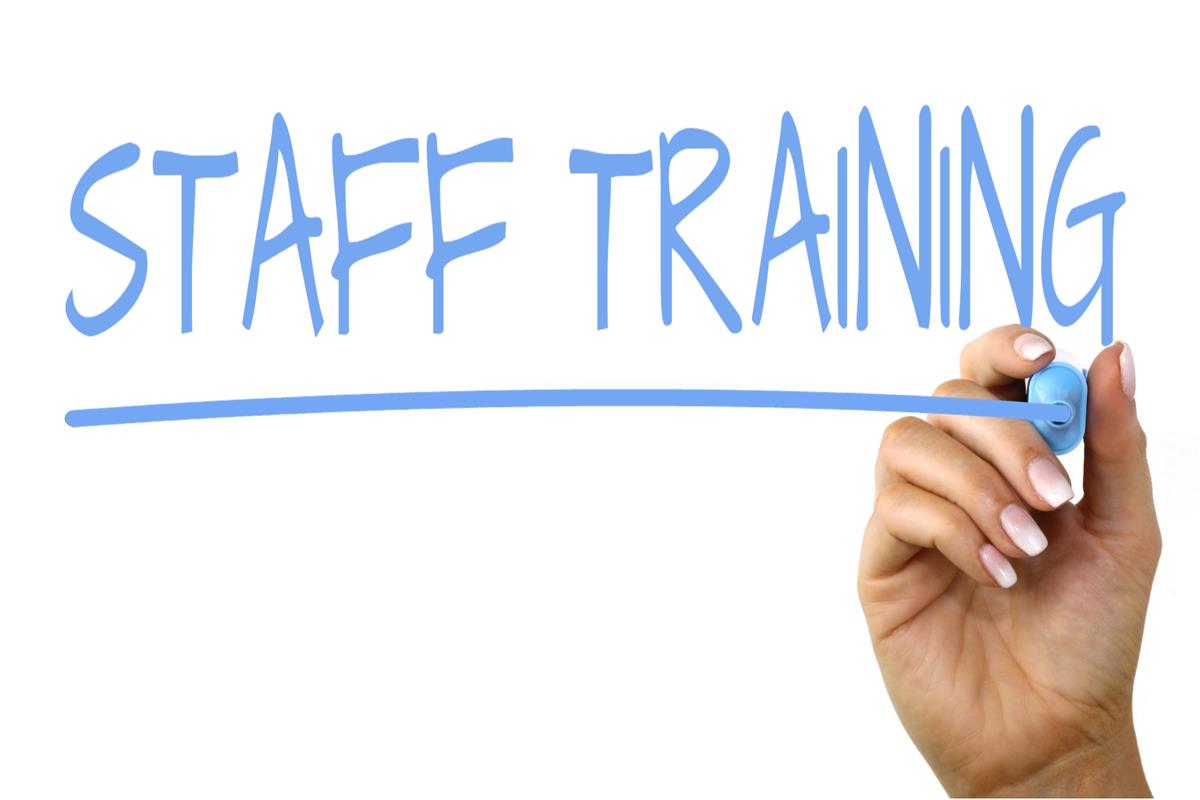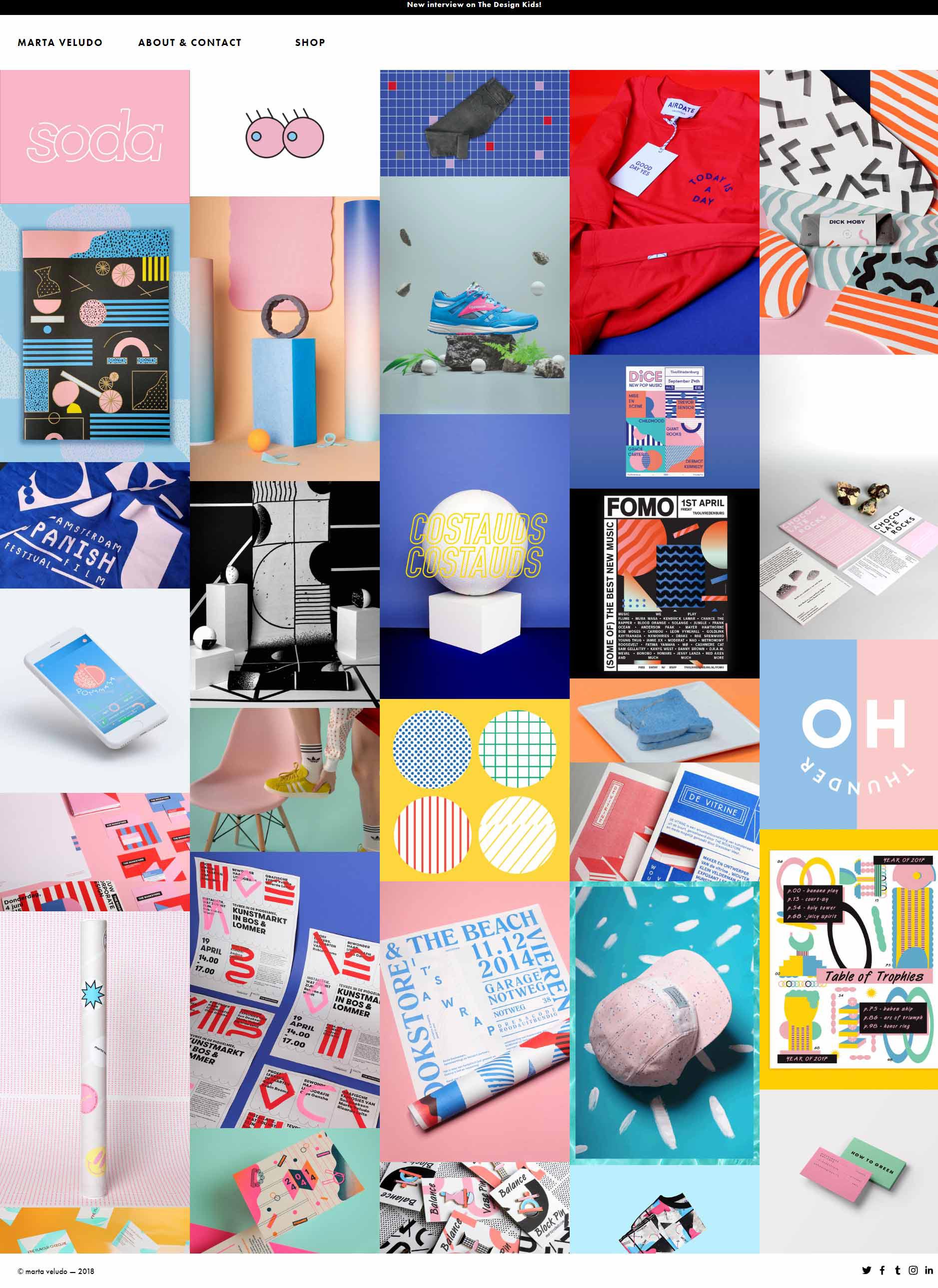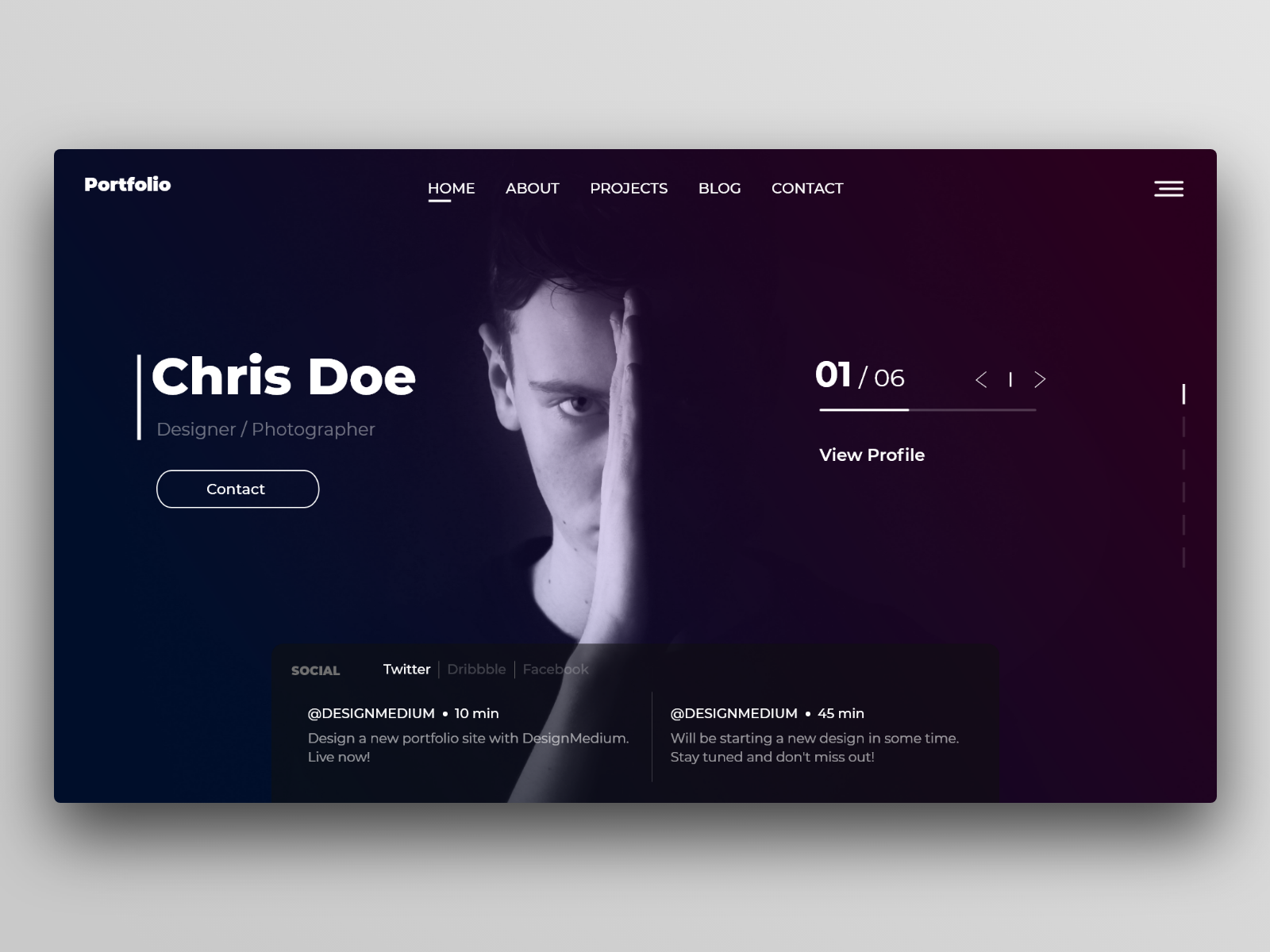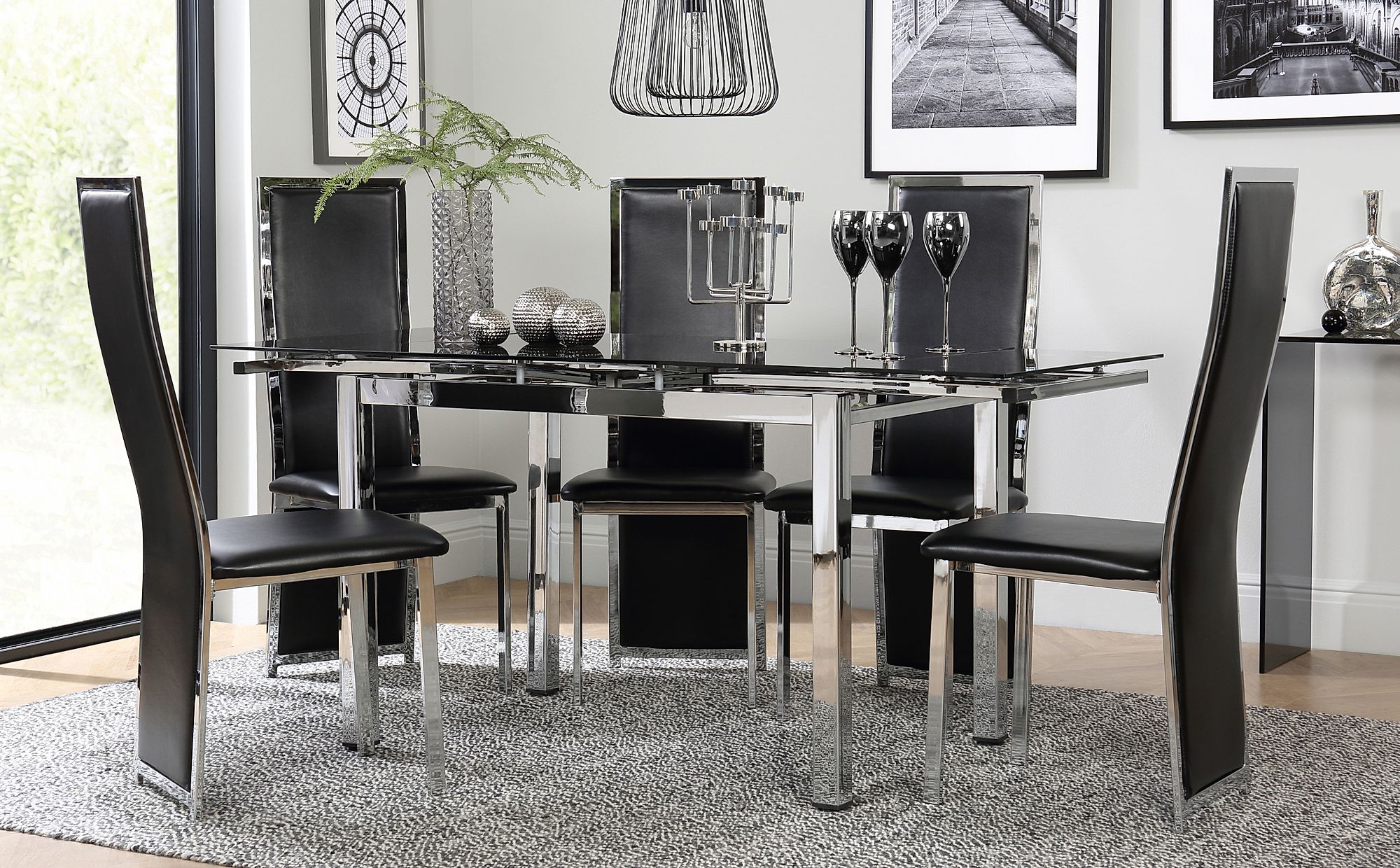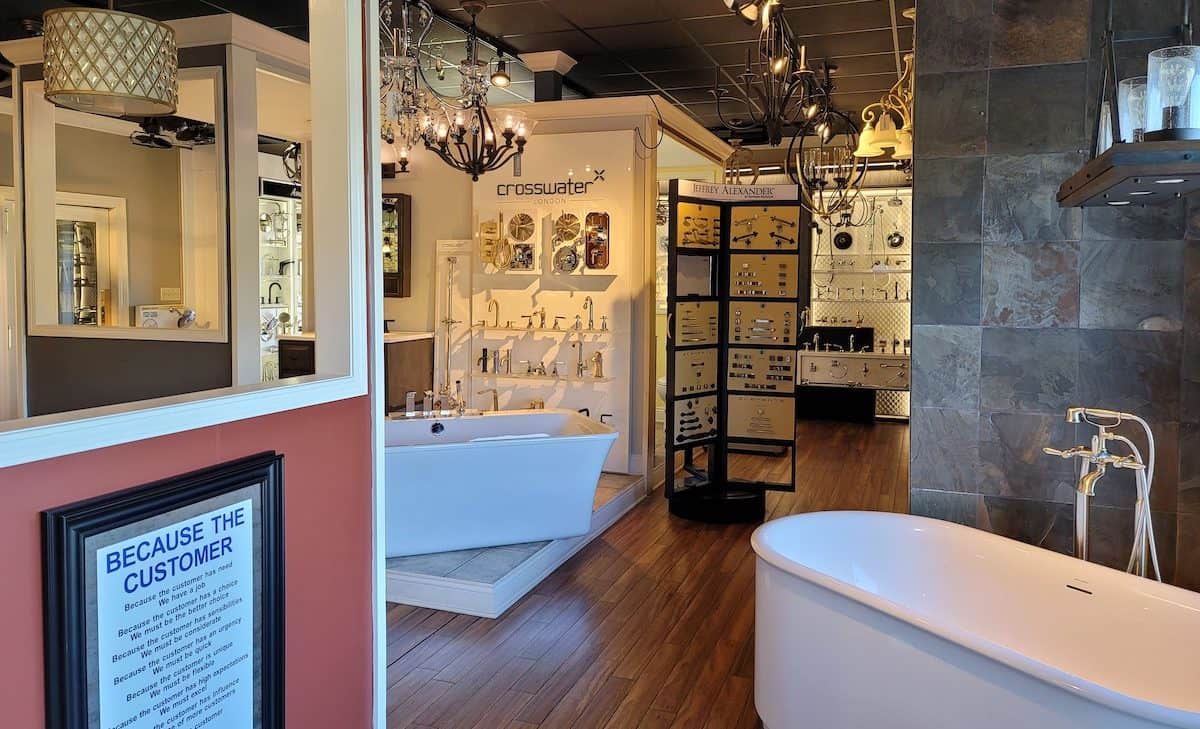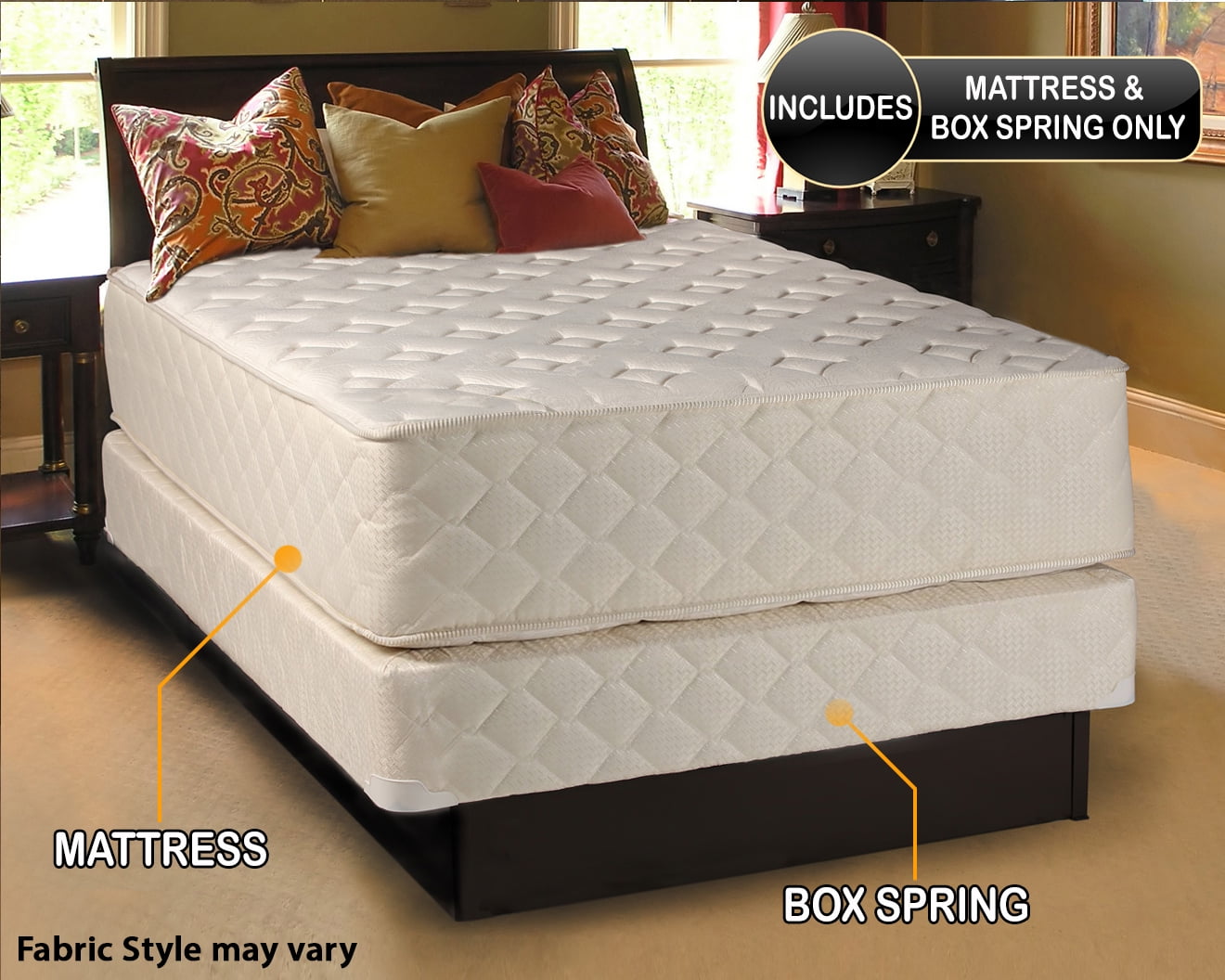1. Business Plan
Starting your own kitchen design business requires careful planning and strategizing. Before diving into the world of entrepreneurship, it's important to create a solid business plan. This will help guide your decisions and keep your business on track. Consider your target market, unique selling points, financial projections, and long-term goals.
2. Market Research
One of the key factors in the success of any business is understanding the market and your competition. Conduct thorough market research to identify your target audience, their needs and preferences, and the current trends in kitchen design. This will help you tailor your services and marketing efforts to attract potential clients and stand out from competitors.
3. Branding and Marketing
Branding is essential for creating a strong and recognizable image for your business. Decide on a name, logo, and overall aesthetic that reflects your brand's values and appeals to your target audience. Once you have established your brand, use strategic marketing tactics to reach potential clients. This can include social media, networking events, and collaborations with other businesses in the home design industry.
4. Legal Requirements
Before officially launching your business, make sure you have taken care of all legal requirements. This may include registering your business, obtaining necessary permits and licenses, and ensuring compliance with zoning laws. It's also important to have contracts and agreements in place for working with clients and suppliers to protect your business and its assets.
5. Financing Options
Starting a kitchen design business can require significant financial investment, from purchasing equipment and supplies to renting a space. Consider various financing options such as loans, grants, or crowdfunding to help cover these initial costs. You may also want to explore partnerships or investors to help fund your business.
6. Location and Space
The location and design of your workspace can greatly impact the success of your business. Consider factors such as accessibility, visibility, and competition in the area when choosing a location. Additionally, think about the layout and functionality of your space to ensure it meets the needs of your business and clients.
7. Equipment and Supplies
As a kitchen design business, you will need a variety of tools and supplies to create and execute your designs. This may include software for creating 3D renderings, measuring tools, and a range of building materials. It's important to research and invest in high-quality equipment to ensure the best results for your clients.
8. Staffing and Training
Depending on the size and scope of your business, you may need to hire staff to help with day-to-day operations. Look for individuals with experience and knowledge in the field of kitchen design. Additionally, consider investing in training and professional development opportunities for yourself and your employees to stay up-to-date with industry trends and techniques.
9. Client Consultations
Meeting with potential clients for initial consultations is a crucial part of the kitchen design process. This is your opportunity to understand their needs and preferences, showcase your expertise, and build a relationship. It's important to have a clear consultation process in place and be prepared to answer any questions or concerns your clients may have.
10. Portfolio and Website
A strong portfolio is essential for showcasing your work and attracting potential clients. Invest time and effort into creating a visually appealing and informative portfolio that highlights your best designs and client testimonials. Additionally, having a professional and user-friendly website can help establish your online presence and make it easier for potential clients to find and contact you.
Expanding Your Kitchen Design Business: Tips for Success
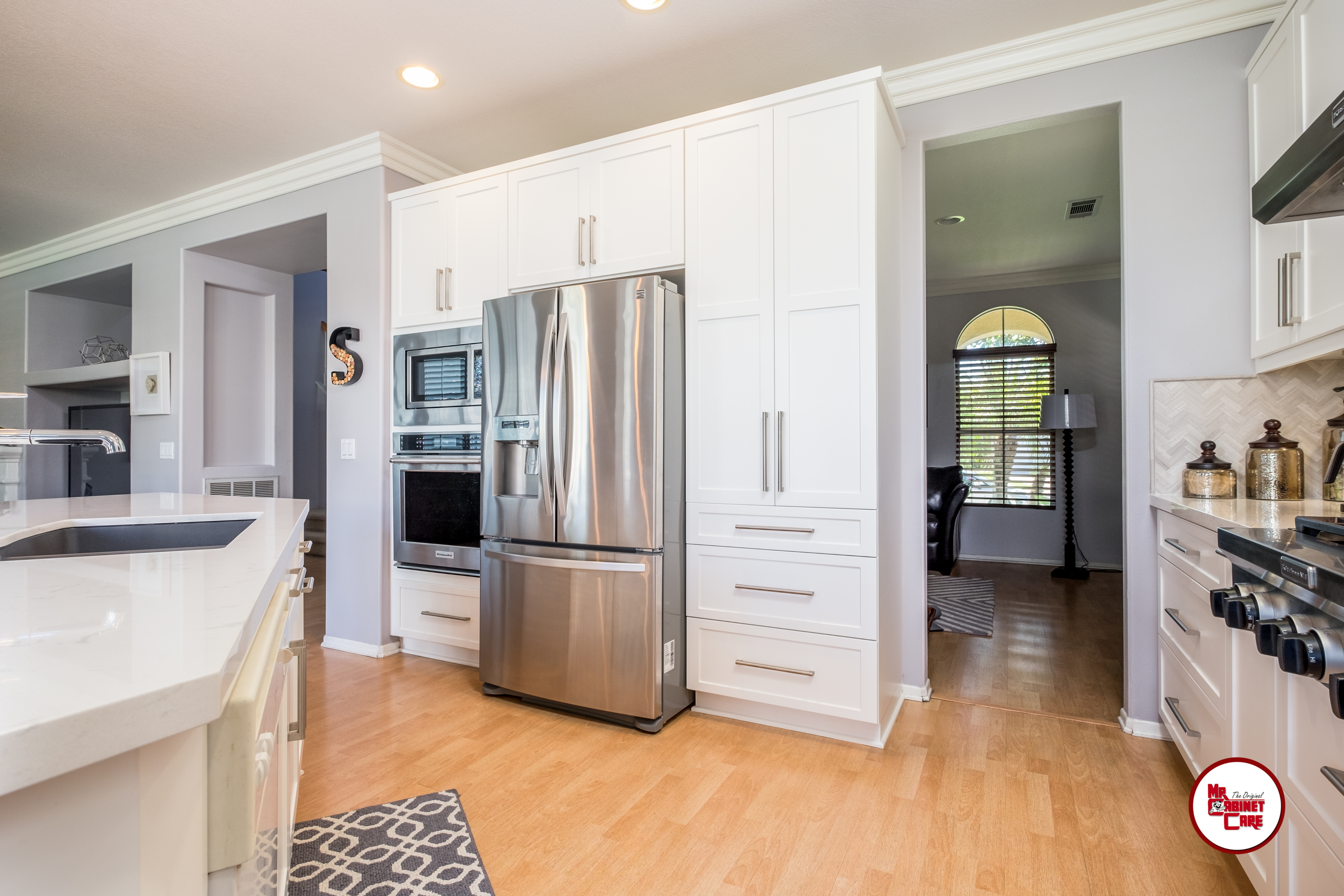
The Importance of Networking
 One of the most important aspects of starting a successful kitchen design business is networking. Building relationships with potential clients, suppliers, and other professionals in the industry is crucial for gaining referrals and expanding your business. Attend trade shows, join professional organizations, and make connections through social media to get your name out there and establish yourself as an expert in the field.
Collaborating with other professionals, such as contractors and architects, can also lead to valuable partnerships and projects.
One of the most important aspects of starting a successful kitchen design business is networking. Building relationships with potential clients, suppliers, and other professionals in the industry is crucial for gaining referrals and expanding your business. Attend trade shows, join professional organizations, and make connections through social media to get your name out there and establish yourself as an expert in the field.
Collaborating with other professionals, such as contractors and architects, can also lead to valuable partnerships and projects.
Utilizing Technology
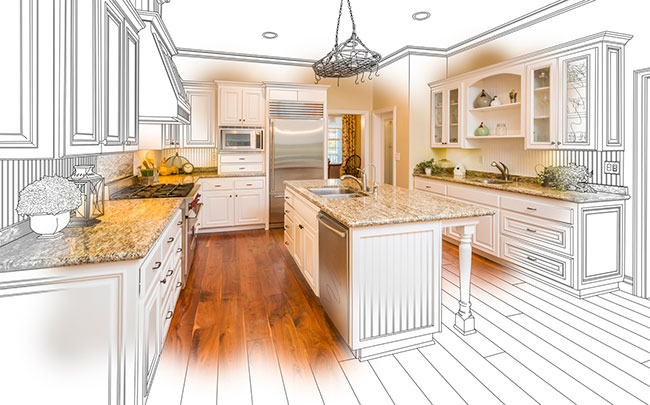 In today's digital age, having a strong online presence is essential for any business. This is especially true for a kitchen design business, as potential clients often turn to the internet for inspiration and to find designers in their area.
Invest in a professional website that showcases your portfolio, services, and contact information.
Utilize social media platforms to showcase your work and engage with potential clients. You can also consider investing in design software to create 3D renderings and virtual tours to give clients a better understanding of your vision for their space.
In today's digital age, having a strong online presence is essential for any business. This is especially true for a kitchen design business, as potential clients often turn to the internet for inspiration and to find designers in their area.
Invest in a professional website that showcases your portfolio, services, and contact information.
Utilize social media platforms to showcase your work and engage with potential clients. You can also consider investing in design software to create 3D renderings and virtual tours to give clients a better understanding of your vision for their space.
Providing Excellent Customer Service
 In the world of kitchen design, word-of-mouth is everything. Satisfied clients will not only return for future projects, but they will also recommend your services to others.
Make sure to provide excellent customer service and go above and beyond to exceed your clients' expectations.
This can include offering personalized design solutions, providing timely and clear communication, and being transparent about pricing and timelines.
Happy clients can become your best marketing tool.
In the world of kitchen design, word-of-mouth is everything. Satisfied clients will not only return for future projects, but they will also recommend your services to others.
Make sure to provide excellent customer service and go above and beyond to exceed your clients' expectations.
This can include offering personalized design solutions, providing timely and clear communication, and being transparent about pricing and timelines.
Happy clients can become your best marketing tool.
Continuing Education and Staying on Top of Trends
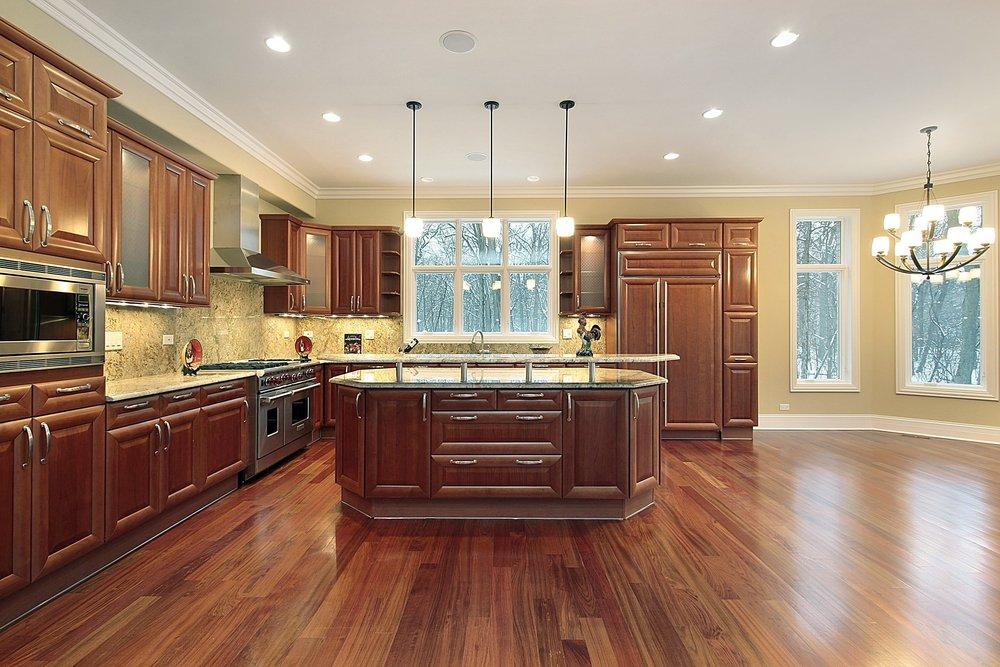 The world of design is constantly evolving, and it's important to stay current with new trends, techniques, and technologies.
Invest in continuing education courses to improve your skills and stay on top of the latest industry trends.
Attend workshops, seminars, and conferences to learn from other professionals and expand your knowledge base. This will not only benefit your business but also ensure that you are providing your clients with the best and most up-to-date design solutions.
In conclusion, starting a kitchen design business requires a combination of talent, hard work, and dedication. By networking, utilizing technology, providing excellent customer service, and staying on top of industry trends, you can set yourself up for success and build a thriving business. With a strong foundation, your business can continue to grow and achieve your goals as a successful kitchen designer.
The world of design is constantly evolving, and it's important to stay current with new trends, techniques, and technologies.
Invest in continuing education courses to improve your skills and stay on top of the latest industry trends.
Attend workshops, seminars, and conferences to learn from other professionals and expand your knowledge base. This will not only benefit your business but also ensure that you are providing your clients with the best and most up-to-date design solutions.
In conclusion, starting a kitchen design business requires a combination of talent, hard work, and dedication. By networking, utilizing technology, providing excellent customer service, and staying on top of industry trends, you can set yourself up for success and build a thriving business. With a strong foundation, your business can continue to grow and achieve your goals as a successful kitchen designer.
